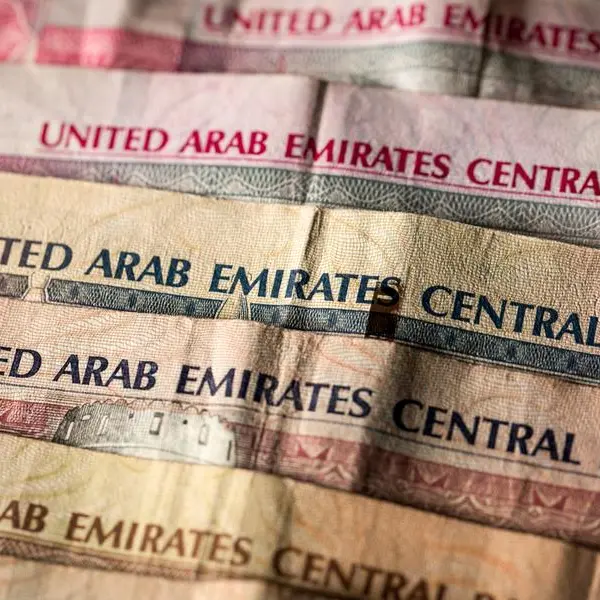PHOTO
In the current month, corporate tax transfer pricing guide CTGTP1 (the guide) has been issued by the Federal Tax Authority (FTA) of the UAE. The guide contains nine sections; and it covers the transfer pricing (TP); concept; methods, and its practical application along with examples of some common scenarios.
The first three sections cover the glossary, introduction of the guide, and high-level understanding of the transfer pricing. The next two sections contain the transfer pricing fundamentals, and various methods of transfer pricing. Various types of documents are required to justify to FTA about the TP application which has been covered in the section 6 of the guide. In the section 7 of the guide focus is on common cases; where the companies are usually required to apply benchmarking test on transactions with the related parties and connected persons. In case of audit by the FTA, the burden of proof will be on the taxable person; and it has been covered in the section 8 of the guide. The last section covers the date of publication/amendment.
The essence of applying TP rules and principles is to dismantle the arrangements made between the related parties and connected persons to shift the profits from the high tax jurisdictions to low tax jurisdictions; and/or from the high tax entities to the low or no tax entities. TP rules and guidelines are applicable to the cross border and domestic transactions between related parties and connected persons.
The UAE corporate tax law (the law) requires that all related parties’ transactions and transactions with the connected persons should comply with TP rules and the arm’s length principles as given in guidelines issued by the Organisation for Economic Cooperation and Development (OECD) should be followed. The application of the arm’s length principle, which is the most important section of the guide, has been covered in section 5; and it requires that the taxable person should (i) identify related parties, connected persons, relevant transactions, and arrangements, and perform a comparability analysis, (ii) select and apply appropriate TP method, and (iii) set the arm’s length price.
The related parties and connected persons definitions have been given respectively in the article 35 and 36 of the law. A comparability analysis refers to the comparison of a controlled transaction with comparable uncontrolled transaction(s), under the similar circumstances, like similar assets used, risk assumed, and functions performed. While performing the comparability analysis, taxable person can use internal comparable and external comparable.
In the guide, five TP methods have been proposed to assess the arm-length price. These methods apply the findings from the comparability analysis to evaluate the transfer prices or profits of the related parties or connected persons involved in a controlled transaction against the prices or profits of independent parties in comparable uncontrolled transactions.
The TP methods can be categorised into traditional transaction methods, and transactional profit methods. Traditional transactions methods can further be classified into comparable uncontrolled price (CUP) method, resale price method (RPM) and cost-plus method (CPM) while transactional profit methods can be segregated into transactional net margin method (TNMM) and transactional profit split method (PSM). The selection of the method depends upon the circumstances and the nature of the transactions like CUP method is most suitable for the transfer of commodities, RPM is best where the reseller is involved in the transaction, CUP is the recommended method where semi-finished goods are being sold between related parties and connected persons. TNMM and PSM are most suitable methods, where there are highly integrated transactions, parties have unique and identifiable contributions.
Section 6 of the guide requires that the taxable person should maintain the TP disclosure form, master file, local file, and country by country report (CbCR), where applicable, to provide the FTA with a clear and comprehensive understanding of the taxable person’s TP policies and their application.
Special cases and transactions, where TP rules are generally applicable, have been added in the section 7 of the guide, and this includes transactions related to the treasury functions including intra-group loans, intra-group services, intangibles, cost contribution arrangements, business restructuring, permanent establishments, business synergies etc.
We have covered high level overview of the guide, and we recommend keeping an eye on our upcoming articles to have detailed analysis on the relevant sections of the guide.
Mahar Afzal, a managing partner at Kress Cooper Management Consultants, has shared a personal opinion which does not represent the official stance of Khaleej Times. If you have questions or require further clarification, contact Mahar at mahar@kresscooper.com.
Copyright © 2022 Khaleej Times. All Rights Reserved. Provided by SyndiGate Media Inc. (Syndigate.info).











